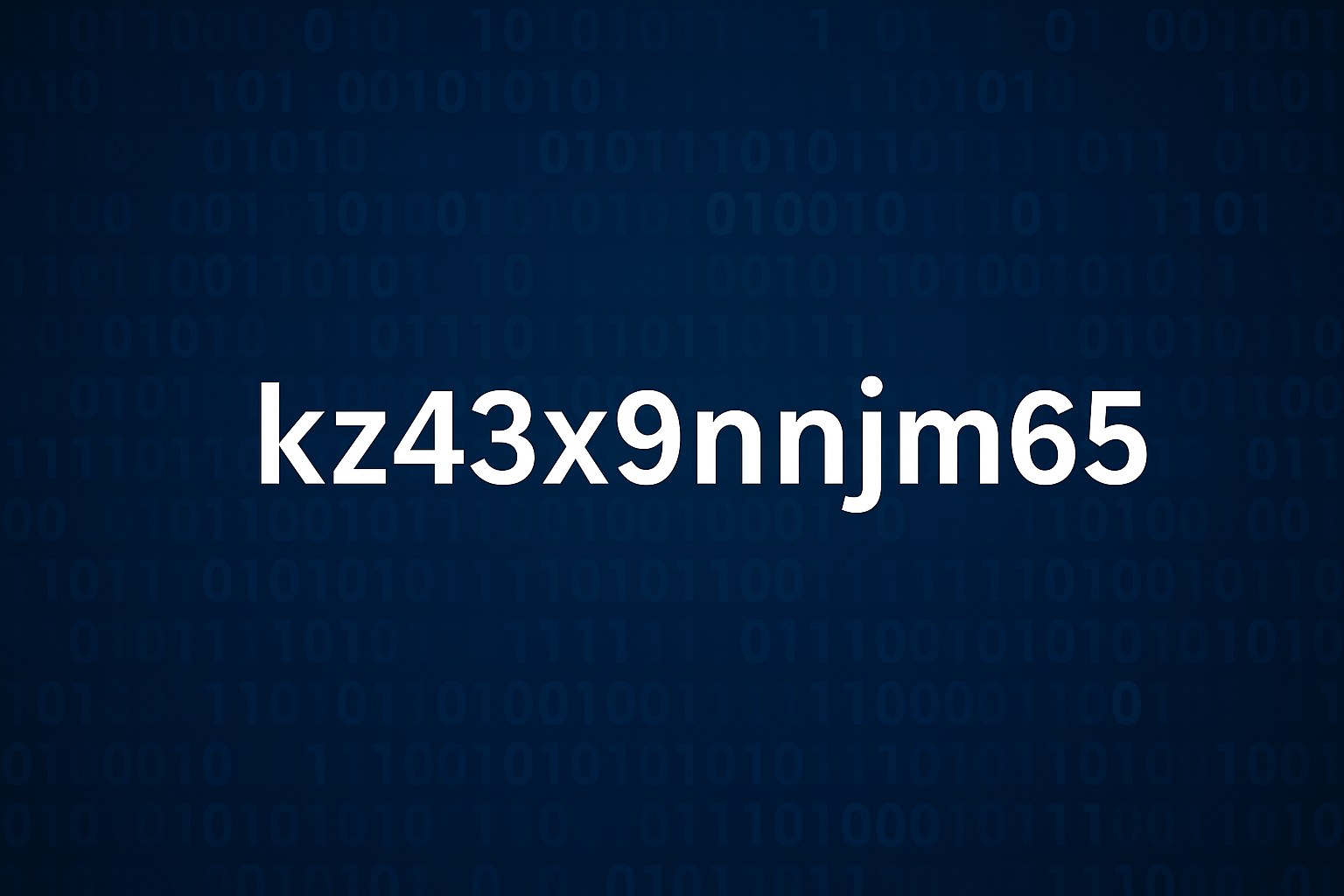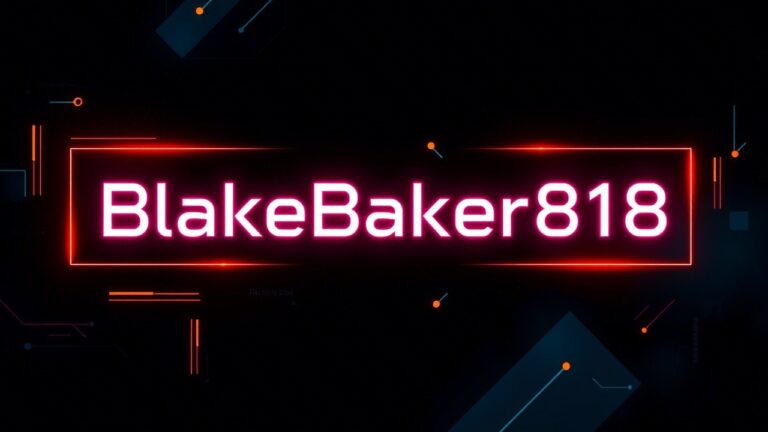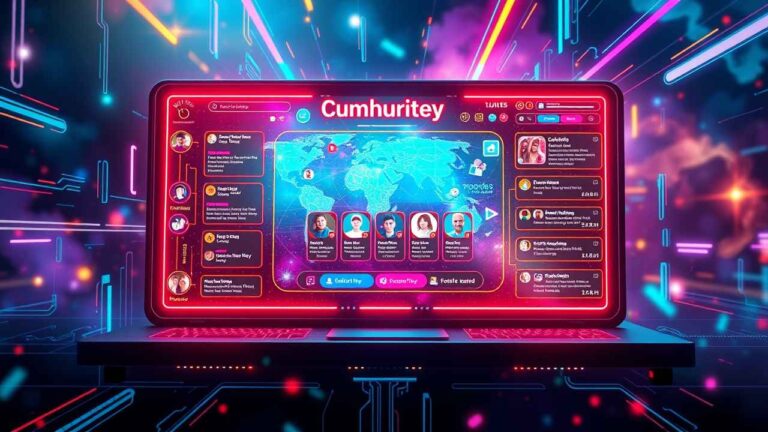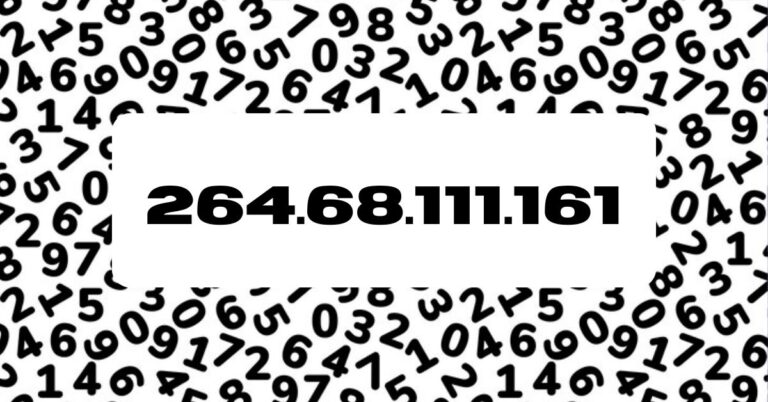Kz43x9nnjm65 explained: What It Means And Why It Matters
The code kz43x9nnjm65 is gaining attention across forums, encrypted platforms, and digital spaces. At first glance, it appears like a random mix of letters and numbers. But when you look deeper, it starts to raise questions. What is it? Where did it come from? And more importantly, why are people searching for it?
This article breaks it down from every angle. Whether it’s a file name, encrypted identifier, product code, or something more niche, there’s purpose behind every string like this. And that purpose often connects back to data, privacy, or niche interests.
Why kz43x9nnjm65 is showing up online
If you’ve come across it in a search query, web URL, or shared file, you’re not alone. These alphanumeric strings often act as unique identifiers. They’re used in systems to label something important without using descriptive text. In short, it could be a database tag, a cloud storage reference, or even a key that unlocks something behind a login or redirect.
What makes it different is how often it’s being searched. That usually signals a broader curiosity. It might have been part of a shared link, a data breach reference, or a hidden element in a file-sharing service. Codes like kz43x9nnjm65 are not created without a reason.
Understanding the format behind kz43x9nnjm65
It’s not just a random keyboard mash. The structure of it resembles a hashed value or unique ID generated by software. These strings often include lowercase letters and numbers to keep them compact yet unique. Think of them like digital fingerprints. No two are alike, and each one points to something specific.
In tech circles, these are common in cloud storage URLs, encrypted credentials, database record keys, and streaming content identifiers. So if it appears in any of these settings, it probably connects to hidden or private content.
kz43x9nnjm65 and its role in access management
Many systems, especially private servers or platforms, use strings like kz43x9nnjm65 to control access. These codes aren’t readable by humans, which adds a layer of privacy. If you’re accessing a private folder, a restricted document, or an invite-only stream, the unique string ensures security and traceability.
If it showed up in your browser or email, it may be a part of a deeper system managing permissions. It acts like a key that grants access to what’s behind the gate.
The possibility of kz43x9nnjm65 being part of an online trend
Sometimes, random-looking strings go viral for reasons nobody can predict. A TikTok clip. A private Discord server. A puzzle hidden in a game. These places often use obscure strings to add mystery or exclusivity. It might be part of a digital scavenger hunt or alternate reality game (ARG).
These events rely on codes to draw users deeper into the experience. If it has been mentioned in forums or niche groups, that could explain the spike in interest. People are trying to decode it, trace it, or understand what’s hidden behind it.
kz43x9nnjm65 might also be connected to file tracking
Large systems like Dropbox, Google Drive, or private cloud repositories assign unique identifiers to every uploaded file. It fits that format perfectly. If someone shares a link containing this string, that link likely points to a specific asset—perhaps a document, video, or internal file.
In this case, it isn’t meant for human interpretation. It’s system-generated to avoid confusion. It ensures one link always goes to the exact version of one specific item.
Searching kz43x9nnjm65 could reveal broken or removed content
If users are seeing kz43x9nnjm65 in error messages, it might mean the content is no longer accessible. Many deleted or moved files leave behind dead links containing strings like this. Users search for it hoping to retrieve the original file or find out what it once contained.
This kind of search often leads to forums or archived versions. People trace these codes to understand what was lost—or if it still exists somewhere else.
There’s also a chance kz43x9nnjm65 is used in metadata or analytics
Web developers, marketers, and coders sometimes use hidden strings in HTML, URLs, or metadata to track behavior. It may be part of a tracking pixel, campaign code, or referral system. When these strings become visible, users naturally become curious.
In this scenario, it isn’t dangerous. It’s just invisible infrastructure exposed in public view. It helps site owners monitor how people interact with links or content, without revealing anything sensitive.
Some users may be searching kz43x9nnjm65 after seeing it in logs
If you’re a system admin or developer, it might show up in access logs, error reports, or code output. It’s normal to see strings like this in error tracking tools or database exports. They act as anchors for debugging. When something breaks or is accessed unexpectedly, these IDs are used to identify the event.
So if kz43x9nnjm65 appears in your server log, it could mark a failed login, a missing file, or an API request. Following that code helps tech teams find the issue fast.
The rise in search volume hints at something deeper
When enough people start typing it into search engines, it signals more than random curiosity. It hints that this string might be shared widely, possibly linked to content, access, or errors. A string doesn’t trend for no reason.
It could be referenced in a viral message. It could be part of a database leak. Or maybe it’s tied to content from a streaming platform or private video service. Strings like kz43x9nnjm65 always have a trail—you just have to follow it.
It matters because people are hunting for answers
Whether you saw kz43x9nnjm65 in a link, log, message, or file name, you landed here because you want to understand it. And that’s the point. These strings are like digital clues. They point to something bigger, whether it’s access to a file, an explanation in code, or a mystery unfolding online.
Whatever it is tied to, people want to know what’s behind the curtain. That curiosity drives search traffic. And in many cases, reveals things that were never meant to be found so easily. Keep looking, keep tracing, and it will eventually make sense.
FAQs
What is kz43x9nnjm65?
kz43x9nnjm65 is a unique digital identifier—a cryptic alphanumeric string used in systems like AI, IoT, security protocols, and cloud services.
Why does it matter?
It matters because this type of identifier supports secure, scalable communication. It links data, tracks access, and protects systems in real time.
How is kz43x9nnjm65 different from other identifiers?
Unlike long UUIDs or simple numeric IDs, kz43x9nnjm65 balances readability with uniqueness in a compact form, making it efficient for indexing and faster data retrieval.
Can I remove kz43x9nnjm65 from my browser?
Yes. If you find it in browser cookies or local storage, you can delete it. Just be aware it may impact site-specific settings or permissions.
Is it secure or could it pose a risk?
The string itself is not risky. Security depends on how it is used. If it’s generated and stored securely, it’s safe. But misuse or exposure can lead to data access concerns.
Where do I encounter kz43x9nnjm65 most often?
You’ll see it in cloud storage links, API endpoints, database records, smart device logs, or even error reports generated by software systems.
Is kz43x9nnjm65 scalable?
Yes. It’s designed for scalability. You can generate thousands of unique strings without collision, making it well-suited for large-scale systems.
What are typical use cases for kz43x9nnjm65?
Common use cases include tracking user sessions, identifying IoT devices, linking secure documents, labeling encrypted files, and powering analytics in complex systems.







